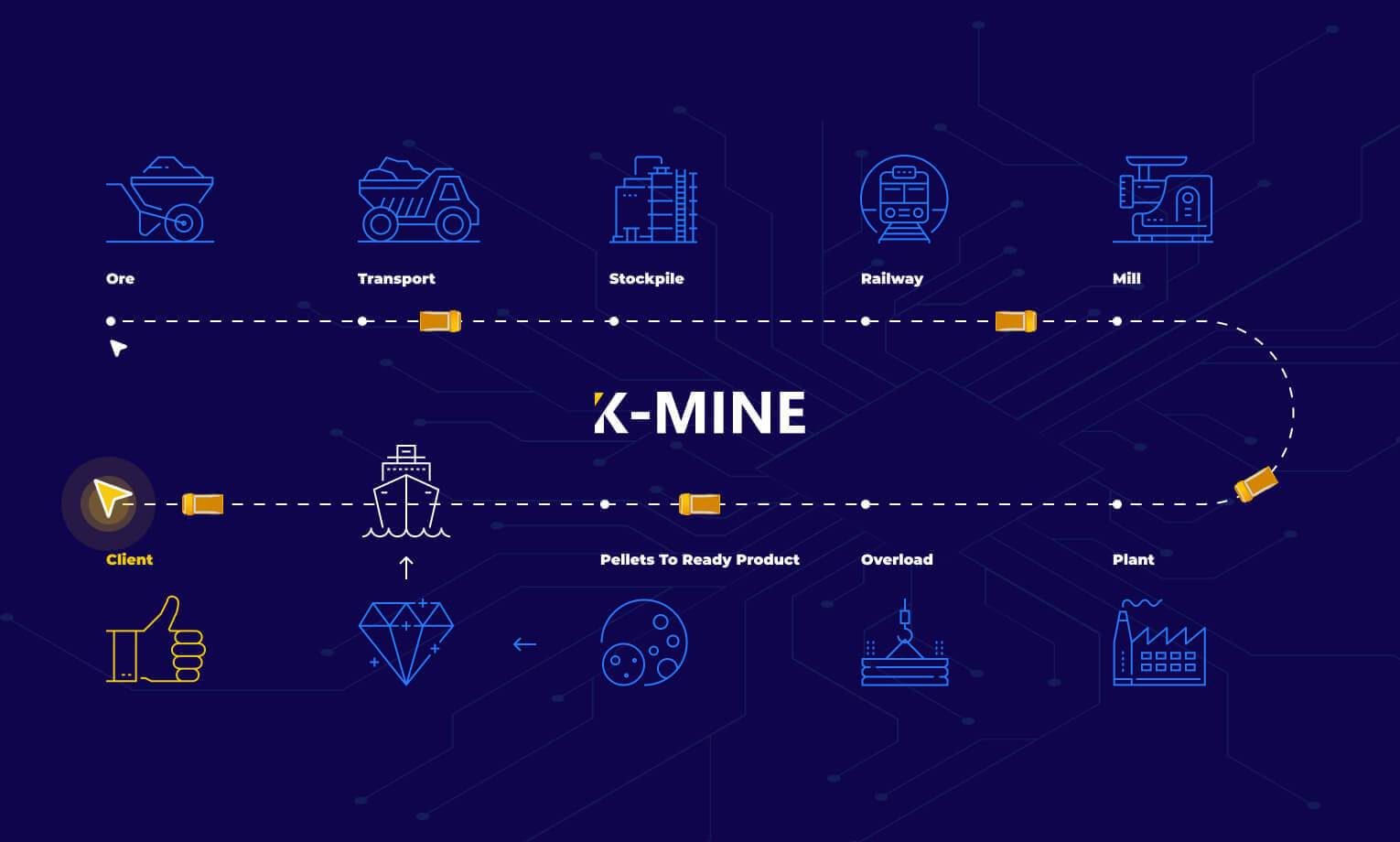 Amidst a landscape where regulatory scrutiny and environmental sustainability are increasingly paramount, the mining industry stands at a technological crossroads. Here, blockchain technology emerges as a beacon of innovation, with promises to reshape long-standing operational norms. Known primarily for its roles in securing financial transactions and creating trust in digital interactions, blockchain’s role extends robustly into mining. This technology offers more than just efficiency; it provides a foundational shift toward achieving unparalleled transparency and accountability in the mining supply chain.
Amidst a landscape where regulatory scrutiny and environmental sustainability are increasingly paramount, the mining industry stands at a technological crossroads. Here, blockchain technology emerges as a beacon of innovation, with promises to reshape long-standing operational norms. Known primarily for its roles in securing financial transactions and creating trust in digital interactions, blockchain’s role extends robustly into mining. This technology offers more than just efficiency; it provides a foundational shift toward achieving unparalleled transparency and accountability in the mining supply chain.
In an industry where the origins and handling of materials are frequently under question, blockchain introduces a new narrative of trust and traceability. This narrative is not just transformative—it’s imperative for the future of responsible mining. As we venture into this exploration of blockchain in the mining sector, we will uncover how its application could redefine the boundaries of compliance and operational excellence, setting a new benchmark for the sector’s future.
Blockchain Fundamentals
At its core, blockchain is a distributed ledger technology (DLT) that records transactions in a secure, transparent, and immutable way. Each block in the chain contains a number of transactions; every time a new transaction occurs on the blockchain, a record of that transaction is added to every participant’s ledger. This decentralization is key—it ensures that no single entity has control over the entire history of transactions, which can significantly reduce the risk of fraud and corruption.
The real power of blockchain in mining lies in its ability to provide a verifiable and tamper-proof record of every transaction. This includes the movement of minerals from the mine to the manufacturer and eventually to the consumer. By tagging each step of the process with a digital record, blockchain can provide a historical audit trail that is public and secure. This trail not only increases the transparency of the supply chain but also enhances security and trust among all stakeholders, from miners and regulators to consumers.
Furthermore, blockchain enables “smart contracts,” which are self-executing contracts with the terms of the agreement directly written into code. In the mining industry, smart contracts can be used to automate and streamline complex agreements and operations, such as royalty payments, mineral tracking, and environmental compliance, all without human intervention once the conditions are met. This automation not only reduces administrative overhead but also speeds up processes, cutting down on delays and potential disputes.
This combination of transparency, security, and efficiency is transforming how stakeholders interact within the mining sector, setting a new standard for how operations are managed and monitored. By implementing blockchain, the mining industry can address many of its inherent challenges, paving the way for a more sustainable and responsible future.
Key Benefits of Blockchain in Mining
Transparency and Traceability
Blockchain technology fundamentally transforms how information is recorded and shared within the mining industry, enhancing transparency and traceability across all operations. This technology enables every transaction or movement of goods to be recorded on a decentralized ledger, visible to all participants but immutable and tamper-proof. Such capabilities are critical in industries where the origin, handling, and processing of materials are under close scrutiny. For the diamond industry, for instance, this means ensuring every gemstone’s journey from the mine to the market is traceable and transparent, which significantly reduces the possibility of fraud and boosts consumer confidence.
Operational Efficiency
The integration of blockchain technology streamlines operations by automating key processes and reducing redundancy. By employing smart contracts, which automatically execute transactions based on predefined rules, blockchain eliminates the need for manual interventions in contract management and supply chain operations. This automation not only reduces the likelihood of human error but also speeds up transaction times, leading to significant cost savings. In sectors characterized by complex logistics and multiple stakeholders, such as mining, the efficiency gains from blockchain can translate into improvements in throughput and reductions in operational downtime.
Compliance and Regulatory Benefits
Blockchain’s ability to provide a secure, transparent, and permanent record of all transactions makes it an invaluable tool for compliance. Mining companies operate under stringent regulatory frameworks that mandate thorough documentation and traceability of resources. Blockchain facilitates these requirements by providing an auditable trail of all transactions, easily accessible and verifiable by regulatory bodies without the possibility of tampering. This not only simplifies the compliance process but also reduces the costs associated with audits and compliance management. Moreover, the enhanced transparency helps companies maintain their social license to operate by proving adherence to environmental and ethical standards.
These benefits collectively underline the transformative potential of blockchain in addressing the mining industry’s long-standing challenges. By embracing blockchain, companies can enhance operational transparency, improve efficiency, and meet regulatory requirements more effectively, positioning themselves for success in an increasingly competitive and regulated global market.

Real-World Case Studies
To better understand how blockchain is being applied in the mining sector, here are several compelling examples from different areas of the industry:
De Beers and Diamond Traceability
De Beers, one of the world’s leading diamond companies, has pioneered the use of blockchain in the diamond industry through its Tracr platform. This initiative provides a transparent and unchangeable record of a diamond’s journey from the mine to the retailer. Tracr ensures that each step in the supply chain is recorded, helping to prove that the diamonds are ethically sourced and conflict-free. The platform not only strengthens consumer trust but also streamlines compliance with international trade regulations.
Everledger and Luxury Goods
Everledger is utilizing blockchain technology to combat fraud in the luxury goods market, with a particular focus on precious metals and gems. By creating digital passports for luxury items, Everledger provides a detailed provenance and transaction history that proves authenticity and ownership. This system is particularly beneficial for insurance companies and owners to verify and secure their investments, further demonstrating blockchain’s versatility beyond typical mining operations.
BHP and Vendor Management
BHP, a global resources company, has implemented a blockchain solution to improve its supply chain processes and enhance efficiency. The system enables real-time data sharing with its vendors, providing transparency and speeding up the administrative processes. This blockchain implementation facilitates smoother operations and ensures that all parties have access to the same, up-to-date information, reducing conflicts and delays that typically arise from miscommunications.
Circulor and Cobalt Supply Chain
Circulor works with car manufacturers to trace the source of cobalt used in batteries, which is crucial for companies committed to ethical sourcing practices. Their blockchain platform tracks the journey of cobalt from extraction to the final product, ensuring that the materials are not sourced from mines that employ child labor or violate environmental standards. This traceability is vital for companies looking to maintain compliance with international human rights standards.
Challenges of Blockchain Adoption
Despite its promising applications, the adoption of blockchain technology in the mining industry faces several significant challenges. Understanding these obstacles is crucial for companies considering integrating this technology into their operations.
Technological Challenges
- Scalability: Blockchain technologies, especially those employing proof-of-work algorithms, can face significant scalability issues. As the number of transactions increases, the processing speed can decrease due to the limits of current technology, which may not support the vast amount of data handled in large mining operations.
- Integration with Legacy Systems: Many mining companies operate with established legacy systems that may not be readily compatible with blockchain technology. Integrating blockchain requires both software and hardware changes that can be costly and time-consuming.
- Energy Consumption: Blockchain operations, particularly those that require extensive computational power, can be energy-intensive. This poses a challenge for mining companies looking to reduce their environmental footprint, aligning with global sustainability goals.
Industry Resistance
- Cultural Shift: Adopting blockchain technology often requires a significant shift in company culture and mindset. The transparent nature of blockchain can be seen as a threat to traditional business practices, leading to resistance from within.
- Regulatory Uncertainty: While blockchain can aid in compliance, the regulatory landscape for its use is still evolving. Mining companies may be hesitant to adopt a technology that could face future regulatory challenges or changes that render current implementations non-compliant.
- Cost of Implementation: The initial cost of adopting blockchain technology can be prohibitive for some companies. This includes the cost of the technology itself, as well as the training and development needed to implement and maintain the system.
- Data Privacy Concerns: Despite the transparency that blockchain provides, there are concerns about data privacy, especially regarding sensitive information that companies might not want to be so accessible on a public ledger. Balancing transparency with privacy remains a complex issue within the industry.
Overcoming Blockchain Barriers
To overcome these challenges, companies need a clear strategy that includes pilot projects and gradual implementation, allowing them to test blockchain’s viability within their operations without committing extensive resources upfront. Additionally, collaboration with technology providers and regulatory bodies can help navigate the integration of blockchain with existing systems and ensure compliance with data protection laws.
Education and training will also play critical roles in overcoming cultural resistance, as stakeholders across the company need to understand the benefits and workings of blockchain to embrace its adoption fully.
Addressing these challenges effectively is essential for mining companies to harness the full potential of blockchain technology and achieve a competitive advantage in the increasingly digital and environmentally conscious global market.
From Ore to Algorithm
As we look to the future, the trajectory of blockchain technology in the mining industry is poised to accelerate, driven by an increasing need for sustainability, efficiency, and transparency. Predictions suggest that the use of blockchain will expand beyond tracking and compliance to include more complex applications like autonomous operations and integrated IoT (Internet of Things) systems. These advancements could enable more predictive and adaptive management of mining resources and operations.
Upcoming Trends
1. Increased Adoption of Smart Contracts: These will likely become more commonplace in automating payment systems, contractual obligations, and royalty distributions, drastically reducing administrative overhead and disputes.
2. Greater Integration with IoT: Blockchain’s integration with IoT devices could enhance data collection processes, enabling real-time monitoring of mining equipment and on-site conditions, leading to more proactive maintenance and operation.
3. Enhanced Regulatory Compliance: As regulations around environmental sustainability and ethical sourcing tighten, blockchain will become an indispensable tool for ensuring compliance and facilitating more transparent audits.
4. Expansion into New Areas: Expect blockchain to move into areas like water management and waste tracking within the mining sector, helping address environmental concerns.
Blockchain technology holds the potential to revolutionize the mining industry by addressing some of its most pressing issues, including supply chain transparency, operational efficiency, and regulatory compliance. While the path to widespread adoption is fraught with challenges—ranging from technological hurdles to industry resistance—the benefits offered by blockchain offer a compelling case for its future integration. As the technology matures and understanding deepens, blockchain is likely to become a staple in mining operations, driving significant improvements in the way minerals are sourced, processed, and sold.







 Back
Back

